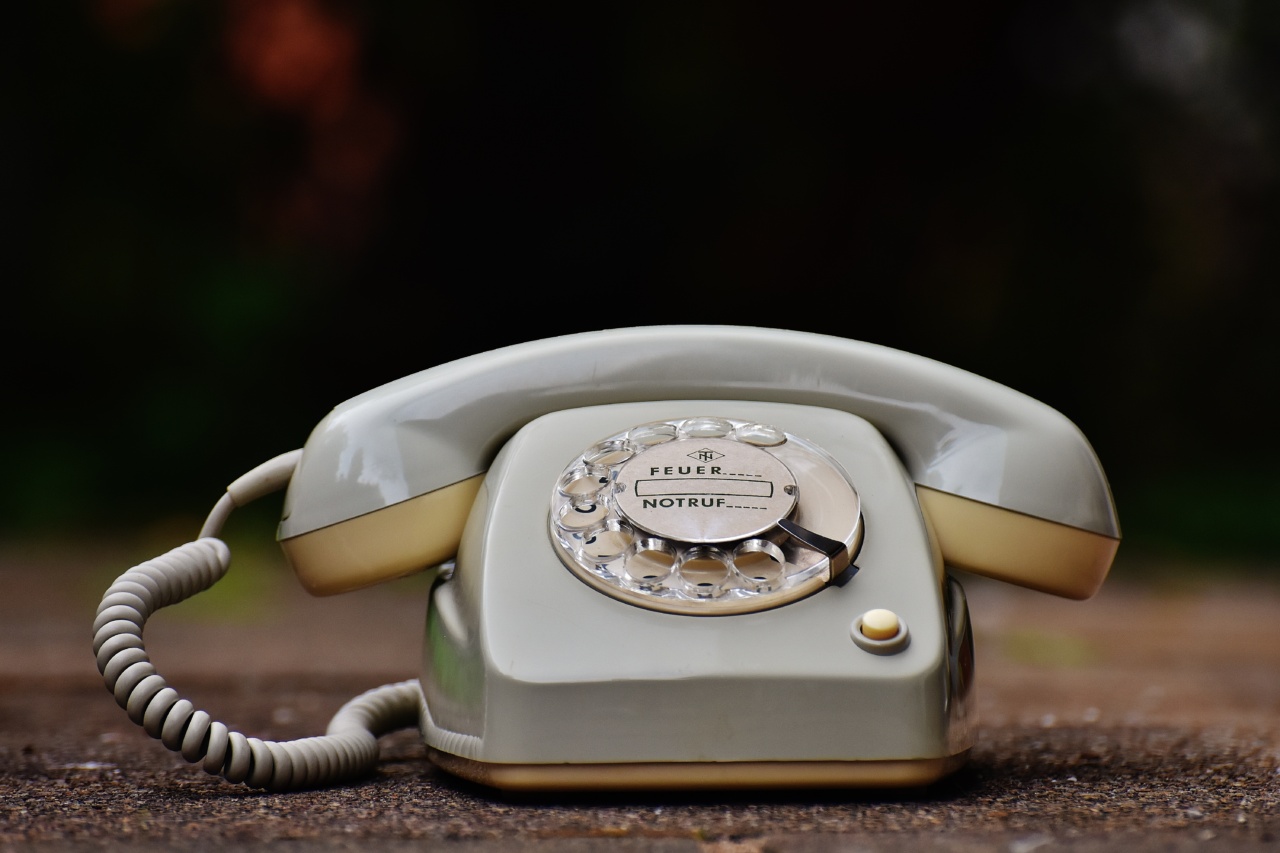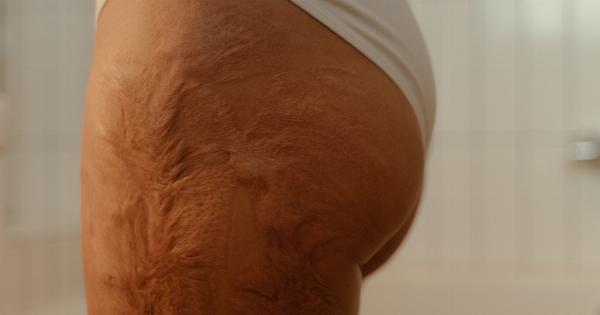Neonates with hypoxia face a considerable risk of not surviving if not promptly treated.
Hypoxia, an insufficient oxygen supply to tissues, presents in infants due to conditions such as respiratory distress syndrome, pneumonia, and congenital heart disease. Hypoxic neonates require immediate medical attention to avoid fatalities. The standard treatment protocols are oxygen therapy and respiratory support using mechanical ventilation.
However, these clinical interventions harbor threats such as over-oxygenation, lung injury, and brain damage. With the advancement of medical research, umbilical cord therapies have emerged as a promising alternative to conventional treatments.
Umbilical Cord Therapy
Umbilical Cord Therapy (UCT) strives to introduce pure oxygen to the hypoxic neonate’s circulation using a hollow-fiber membrane oxygenator through their umbilical cord vessels.
Blood is withdrawn from the neonate through the umbilical artery, and then oxygenated in the membrane oxygenator before being returned to the infant’s circulation through the umbilical vein. Therefore, the neonate’s oxygen supply bypasses their lungs, reducing the complications of oxygen toxicity and lung damage that may occur with standard treatments.
Human umbilical cord blood has a unique property of being rich in stem cells, hematopoietic and mesenchymal cells, growth factors, and other extracellular matrix molecules that are essential for regenerative medicine.
These cells can also aid in reducing inflammation and promoting organ repair, providing additional physical and medical benefits apart from the oxygenation.
Successful Clinical Trials
The study by Baer, Shaw, and colleagues revealed that UCT can improve tissue oxygenation, promoting stable physiologic parameters. The study looked into seven infants with severe hypoxia who failed to improve with standard treatments.
The UCT intervention in these infants resulted in a significant increase in arterial oxygen saturation, and a decrease in their need for mechanical ventilation.
A study by Dargaville and colleagues in the Journal of Pediatrics was carried out on infants weighing less than 1,250 grams with respiratory distress syndrome, who required intubation and mechanical ventilation within the first 30 minutes of life.
The study demonstrated significant improvements in oxygenation, and a lower incidence of bronchopulmonary dysplasia in the UCT group as compared to the control group. The UCT therapy’s success rate may be due to its ability to maintain optimal oxygenation, reduce the need for mechanical ventilation, and alleviate the risk of oxygen toxicity and respiratory damage.
Future Prospects
UCT offers a novel treatment option for hypoxic neonates, with many advantages over conventional treatments.
It reduces the pain and risk of complications associated with invasive intubation, it is non-invasive and offers tissue oxygenation bypassing the lungs, and also provides access to regenerative cells and growth factors.
Although this technique is yet to be validated in larger clinical trials, current success rates encourage further study of its potential in treating neonates with hypoxia associated with respiratory distress syndrome, meconium aspiration syndrome, and congenital heart disease.
Conclusion
In conclusion, umbilical cord therapy presents an innovative intervention that seeks to treat hypoxic neonates with fewer complications than traditional treatments.
UCT utilizes the unique properties of human umbilical cord blood to promote oxygenation, reduce inflammation, and promote organ repair. The benefits of UCT are both physical and medical. Several successful clinical trials have demonstrated that UCT is a safe and effective treatment option for critically ill neonates, and more research is required to validate its widespread us.





























